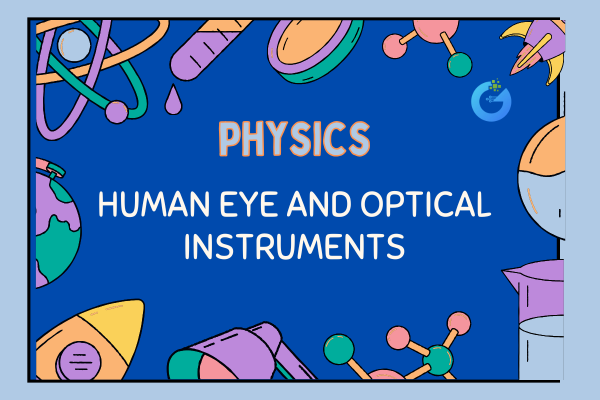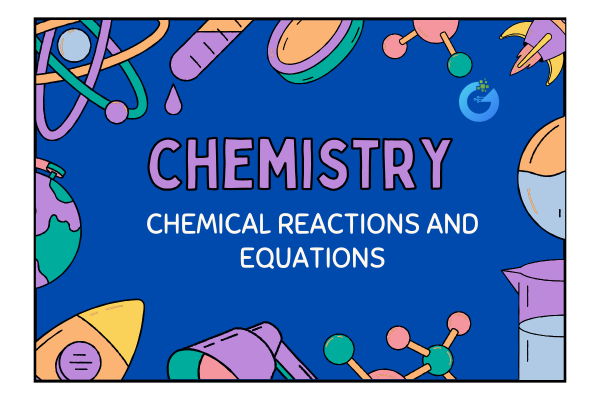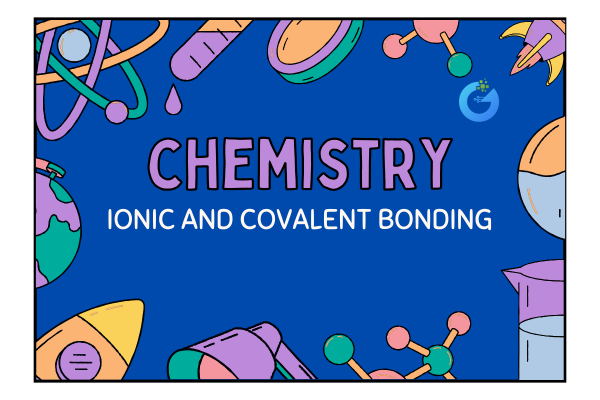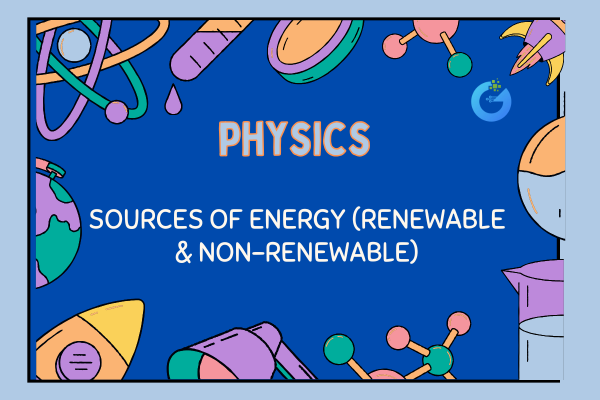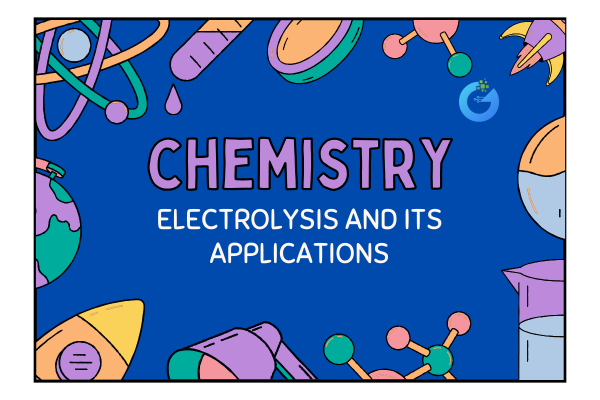Introduction
Try closing your eyes for a moment. What do you notice?
Now open them again. Instantly, you can see colors, movement, light, and shape. That’s because your eyes are constantly working as high-speed, self-adjusting biological cameras. This natural marvel not only lets us see but also helps us connect with the world around us.
But what if the lens inside your eye doesn’t focus properly? What if you want to look at stars far away or germs too small to see? That’s where optical instruments come in—like glasses, microscopes, telescopes, and cameras.
In this Class 10 Physics topic, we’ll break down how the human eye works, what can go wrong with it, and how science helps us fix or improve our vision.
expert-led Physics classes – visit our website to learn more
Structure of the Human Eye (Like a Living Camera)
Think of the eye as a soft, round camera filled with fluids and lined with sensors. Each part plays an important role.
| Part | Function |
| Cornea | Transparent front surface; begins focusing light |
| Aqueous Humour | Clear fluid behind cornea; keeps eye shape |
| Iris | Colored part; controls light by adjusting pupil size |
| Pupil | Hole in the iris; lets light in |
| Lens | Focuses light on the retina; changes shape |
| Retina | Light-sensitive layer at the back; creates image |
| Optic Nerve | Carries visual signals to the brain |
| Ciliary Muscles | Help lens change shape for focusing |
How Does the Human Eye Work?
Here’s a simple breakdown:
- Light from an object enters through the cornea.
- It passes through the aqueous humour and then the pupil.
- The lens bends (refracts) the light so that it focuses on the retina.
- The retina converts the light into electrical signals using rods (for dim light) and cones (for color).
- The optic nerve sends these signals to the brain, which creates the final image.
Result: You “see” the object in real time—amazing, isn’t it?
Power of Accommodation
The eye lens is flexible. It changes shape to adjust focus for objects that are near or far. This ability is called accommodation.
- When looking at a nearby object, the lens becomes thicker (more curved).
- For distant objects, the lens becomes thinner.
This focusing ability reduces with age—leading to vision problems like presbyopia.
Common Eye Defects and Their Correction
1. Myopia (Nearsightedness)
- What happens? You can see near objects clearly, but distant ones appear blurry.
- Cause: Light focuses in front of the retina.
- Correction: Use a concave lens to spread out the light rays.
2. Hypermetropia (Farsightedness)
- What happens? Distant objects are clear, but nearby ones are blurry.
- Cause: Light focuses behind the retina.
- Correction: Use a convex lens to converge the light rays.
3. Presbyopia
- Happens with age (usually after 40)
- Ciliary muscles weaken → difficulty seeing nearby things
- Correction: Use bifocal lenses (upper part for distance, lower for reading)
4. Cataract
- Lens becomes cloudy
- Leads to blurred vision or blindness
- Treatment: Cataract surgery to replace with artificial lens
Why Is the Sky Blue and Sunsets Red?
This is due to scattering of sunlight in the atmosphere:
- Blue light has shorter wavelength → scatters more → sky appears blue.
- During sunset, sunlight travels a longer path → red and orange (longer wavelengths) dominate → sunsets look red.
Optical Instruments That Help Us See Better
We don’t just rely on our eyes. Science has built tools to help us see more, better, or further.
1. Glasses (Spectacles)
- Use concave or convex lenses
- Correct myopia, hypermetropia, and presbyopia
2. Magnifying Glass
- A single convex lens
- Enlarges small objects for better viewing
3. Microscope
- Uses two or more convex lenses
- Magnifies tiny objects like cells and bacteria
- Types: Simple (1 lens), Compound (2+ lenses)
4. Telescope
- Sees distant celestial objects like stars and planets
- Uses large convex lenses or mirrors
- Two main types: Refracting and Reflecting
5. Camera
- Uses a convex lens to focus light onto a film or digital sensor
- Mimics the eye structure
Key Formulas You Should Know
| Formula | Purpose |
| 1/f = 1/v – 1/u | Lens formula |
| m = h’ / h = v / u | Magnification (size or image ratio) |
| P = 100 / f (f in cm) | Power of a lens in diopters (D) |
- Positive power → Convex lens
- Negative power → Concave lens
Quick Concept Recap Table
| Term | Meaning |
| Retina | Screen at the back of the eye that forms the image |
| Myopia | Nearsightedness, corrected by concave lens |
| Hypermetropia | Farsightedness, corrected by convex lens |
| Accommodation | Eye’s ability to change focus from far to near objects |
| Presbyopia | Age-related focusing difficulty |
| Optical Instruments | Devices like glasses, microscopes, and telescopes |
Frequently Asked Questions
Q1. Why do we wear glasses?
To correct the eye’s inability to focus light properly on the retina.
Q2. What is the function of the retina?
It captures the light image and converts it into signals for the brain.
Q3. How does a telescope help us?
It collects more light and magnifies distant celestial objects.
Q4. What is the power of a lens?
It measures how much a lens bends light, in diopters (D).
Q5. What is the main reason for presbyopia?
Age-related loss of elasticity in the lens and weakening ciliary muscles.
Fun Facts
- The human eye can detect light even from a candle 14 miles away in complete darkness!
- Your brain flips the image your eye sees—your eye actually forms it upside down.
- The first microscope was made over 400 years ago.
- NASA uses telescopes in space (like the James Webb and Hubble) to see billions of light years away.
- A compound microscope can magnify an object up to 1000 times or more.
Conclusion
The human eye is a brilliant creation, allowing us to explore the world instantly. But even when nature needs a little help—science steps in with amazing tools like glasses, microscopes, and telescopes to enhance our vision and unlock the secrets of the micro and macro worlds.
Understanding how light and lenses work doesn’t just help you pass exams—it helps you appreciate how deeply science is connected to your everyday life. So keep observing, keep learning, and keep your eyes wide open!


